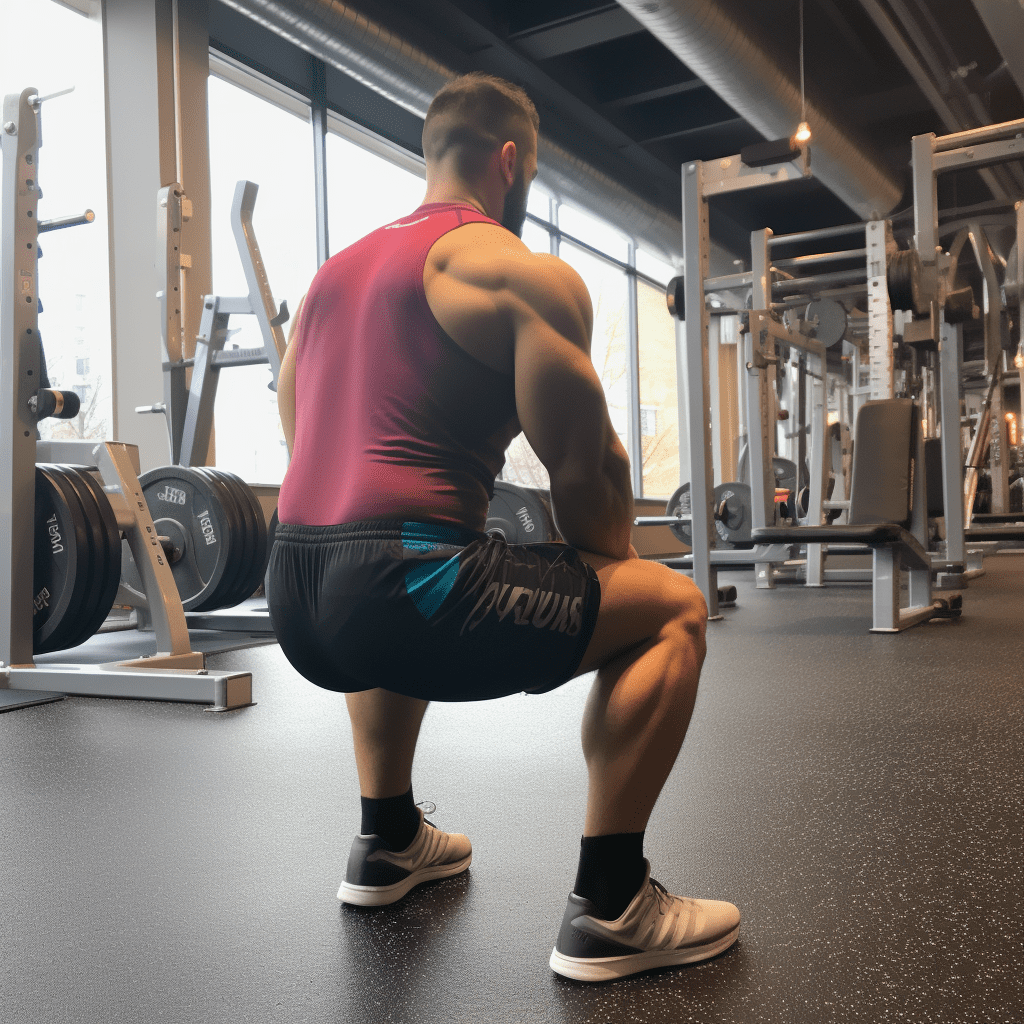
How to Sissy Squat: A Beginner’s Guide to Building Strong Quadriceps
The sissy squat is a powerful exercise that targets the quadriceps, helping to strengthen and tone these muscles. It is a challenging move that requires practice and proper form to avoid injury. In this beginner’s guide, we will walk you through the steps on how to perform a sissy squat correctly and safely.
What is a Sissy Squat?
A sissy squat is a bodyweight exercise that specifically works the quadriceps muscles in the thighs. It involves bending the knees while keeping the upper body upright, creating a deep stretch in the quads. Not only does the sissy squat help build strong quads, but it also improves knee stability and flexibility.
Step-by-Step Instructions:
- Stand with your feet shoulder-width apart and your arms extended in front of you for balance.
- Shift your weight onto your heels as you lower your body down by bending at the knees.
- Keeping your upper body straight and your core engaged, continue lowering yourself until your knees are at a 90-degree angle.
- Pause briefly at the bottom of the squat, feeling the stretch in your quadriceps.
- Slowly push through your heels to return to the starting position, extending your knees until you are fully upright.
- Repeat for the desired number of repetitions.
Common Mistakes to Avoid:
- Arching the back: Keep your spine straight throughout the entire movement to prevent strain on your lower back.
- Leaning too far forward: Maintain an upright position to ensure the maximum engagement of your quadriceps.
- Allowing the knees to cave in: Keep your knees aligned with your toes to avoid placing excessive stress on the knee joints.
- Descending too quickly: Control your descent to fully engage your quads and maximize the benefits of the exercise.
- Neglecting to warm up: Before attempting sissy squats, warm up your muscles with dynamic stretches or a light cardio exercise to reduce the risk of injury.
Tips for Better Execution:
- Engage your core: Activate your abdominal muscles to help stabilize your body during the movement.
- Focus on your breathing: Breathe in as you descend into the squat and exhale as you come back up, maintaining a steady rhythm.
- Use a support: If necessary, hold onto a sturdy object or use a squat machine to assist with maintaining balance until you can perform the exercise without support.
- Gradually increase intensity: Start with bodyweight sissy squats and once you feel comfortable and confident, you can add resistance by holding a dumbbell or barbell.
Frequently Asked Questions (FAQ):
Q: Can anyone do sissy squats?
A: Sissy squats can be performed by individuals of various fitness levels. If you have pre-existing knee or lower back issues, it’s best to consult with a healthcare professional or a certified fitness trainer before adding this exercise to your routine.
Q: How many reps and sets should I do?
A: It’s recommended to start with 2-3 sets of 8-12 repetitions. As you become more comfortable and stronger, you can increase the number of sets and reps. Listen to your body and adjust accordingly.
Q: Can sissy squats help build muscle mass?
A: Yes, sissy squats can contribute to muscle hypertrophy when performed with proper form and progressively increased resistance. Along with a balanced diet and appropriate rest, you can achieve muscle growth through consistent and challenging workouts.
Q: What other exercises can complement sissy squats?
A: Sissy squats can be combined with other leg exercises like lunges, squats, and leg presses. Additionally, incorporating exercises that target the hamstrings, calves, and glutes will create a well-rounded lower body workout.
Q: How often should I incorporate sissy squats into my workout routine?
A: Frequency depends on your overall fitness goals and current routine. It is generally recommended to include sissy squats in your leg training routine at least once or twice a week, allowing adequate rest and recovery between sessions.
Q: Can sissy squats help with knee pain or knee rehabilitation?
A: Sissy squats can often help strengthen the quadriceps muscles, which can assist in knee stability and potentially alleviate knee pain. However, if you have a pre-existing knee condition or are undergoing rehabilitation, it’s crucial to consult with a healthcare professional or physical therapist to ensure proper treatment and exercise selection.
Now that you have a comprehensive understanding of how to sissy squat correctly, you can confidently incorporate this exercise into your fitness routine. Remember to focus on proper form, start with manageable repetitions, and gradually increase intensity as you progress. Strong quadriceps await!


